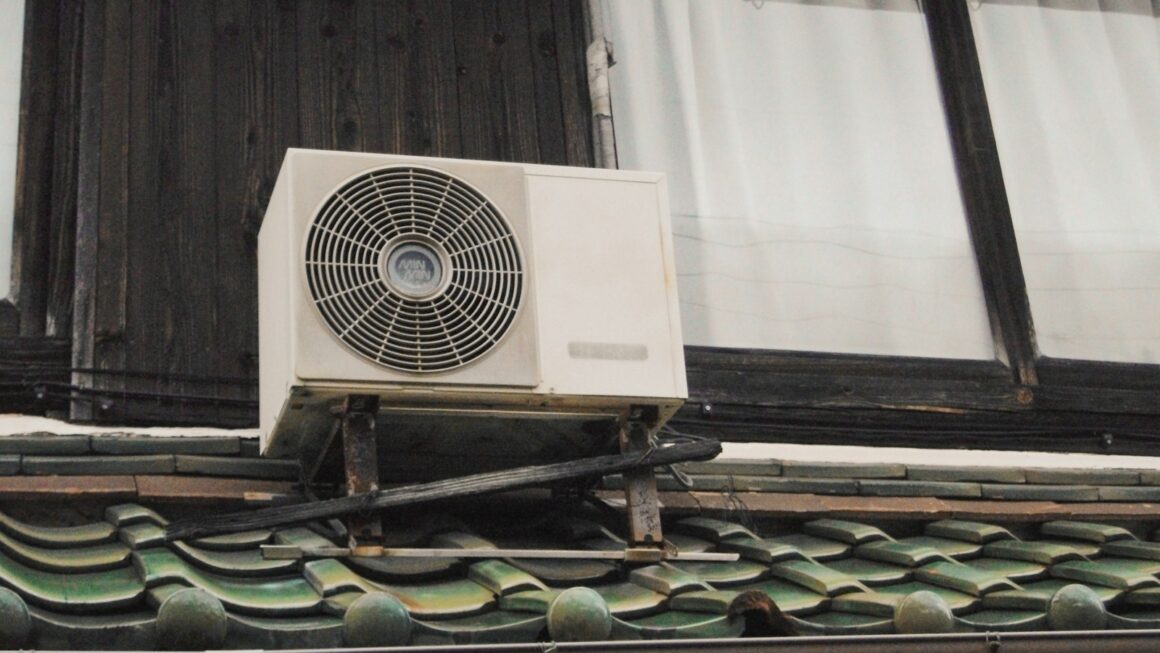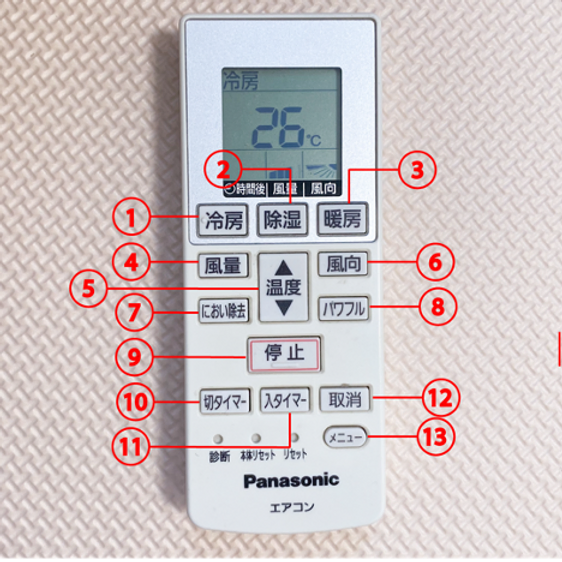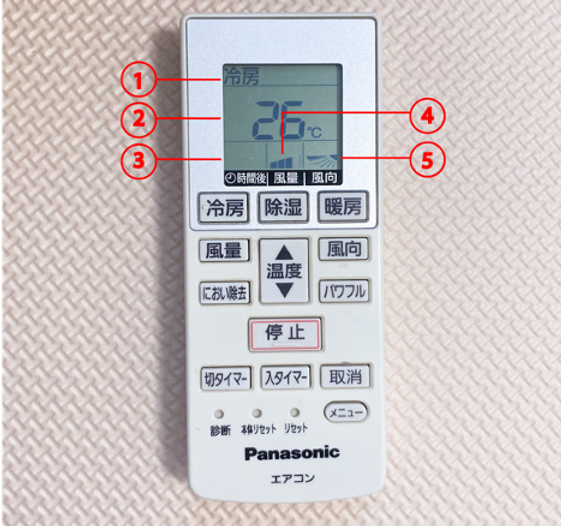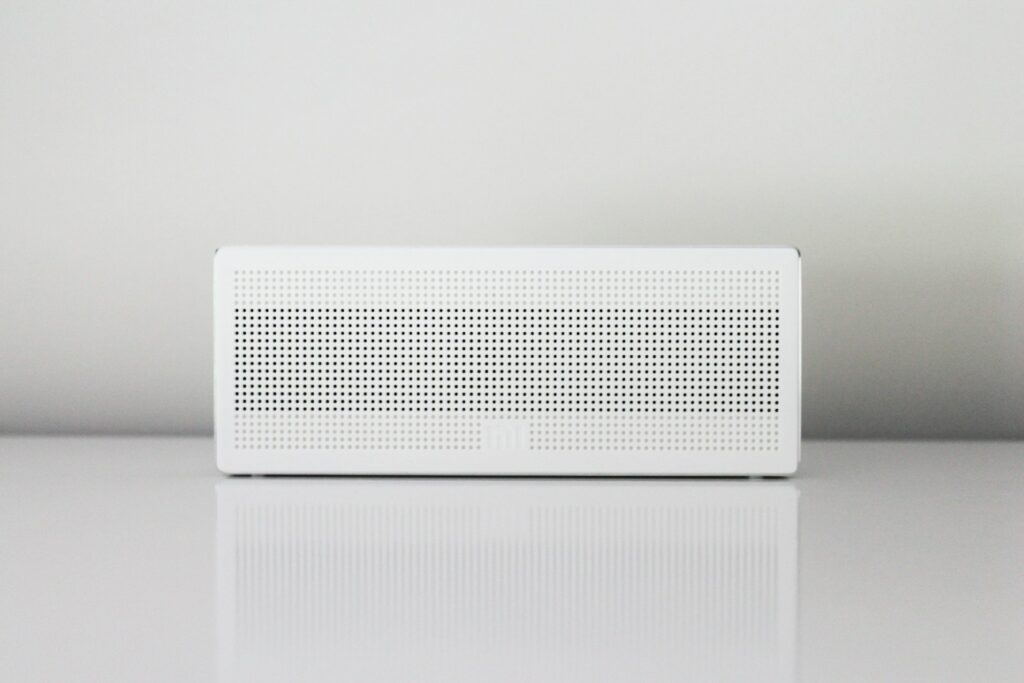Atsuuui! It’s summer again in Japan and guess what? I haaaate it! I’m from a tropical country so the heat, I can contend with. But the humidity… please, somebody turn it off! Good thing you always have your trusty air conditioner at home. Learning how to use a Japanese air conditioner is not just essential for summer but also for the chilly winter months. Really useful stuff that is worth mastering the use of.
When it comes to how to use a Japanese air conditioner, you would hardly be touching the unit (which the Japanese call ‘air-con’/エアコン) and would be accessing the features using the handy remote control (‘rimo-con’/リモコン) that comes with it.
As always, how your remote control looks and the buttons that are available may be different from what is shown in this article. However, the features available are widely similar and this article should get you started using, if not have you mastering, how to use a Japanese air conditioner.
The Buttons on Your Japanese Air Conditioner Remote Control
冷房 (reibou): Press this button to turn on the cooling feature – yes, this is what would get you through the summer months.
除湿 (joshitsu): During Japan’s infamous tsuyu/rainy season when the air is thick and the humidity is at its max, this button will be your best friend as this dehumidifies the air.
暖房 (danbou): In the colder seasons, however, press this button for your air conditioner to produce warm air.
風量 (fuuryou): Use this button to control the intensity of the air (the levels will be indicated on the control panel – more on this later).
温度 (ondou): This button lets you adjust the temperature.
風向 (fuukou): To adjust the swing/angle of the wind, press this button.
におい除去 (nioi jyokyo): Not a very common feature for Japanese air conditioners but if you have this button on your remote control, you can use it to get rid of unpleasant smell inside the room.
パワフル (pawafuru): Literally translates to ‘powerful’, this feature means ‘high-power’ and pressing it would set your machine to strongly release air.
停止 (teishi): This is the button to turn off your air conditioner. In some machines, this would double as the ON button but for the one that we have at home, which is from Panasonic, you directly press the mode that you want to turn it on.
切タイマー (kiri taimaa): Use this button to set the timer and program it to turn off between 1-12 hours later.
入タイマー (iri taimaa): Use this button to set the timer and program it to turn on between 1-12 hours later.
取消 (torikeshi): Press this to cancel timer settings.
メニュ (menu): Use this to access more detailed menu.
The Display Panel of a Japanese Air Conditioner Remote Control
Your air conditioner’s remote control will have a display panel that will show the details of the settings you have chosen.
At the topmost, you will see the mode you are using.
In the middle, you have the current temperature displayed.
The bottom left box will display your timer settings (if you chose to program your timer).
At the center, you will see the 風量 (fuuryou) or wind strength will be displayed. In the case of our Panasonic air conditioner, there are four levels available. In addition to those four levels, you can also set it to 自動/jidou (automatic) and 静/shizuka (quiet) – as in quietly release air.
On the bottom right, 風向 (fuukou) or wind swing will be displayed. This also comes with a 自動/jidou (automatic) option.
Making the Most of Your Japanese Air Conditioner
Learning how to use a Japanese air conditioner effectively can make a big difference in your comfort levels, especially when dealing with Japan’s extreme seasons. The key is to familiarize yourself with the various settings and features so you can customize your environment to suit your needs.
Cooling Mode (冷房 / Reibou)
When the summer heat becomes unbearable, the 冷房 mode is your best friend. This setting focuses on cooling the room. Remember, setting the temperature too low isn’t always the best strategy; it can lead to excessive energy consumption and higher electricity bills. A comfortable setting is usually around 25-27 degrees Celsius. This range is typically cool enough to be comfortable but not too cold that it drives your energy bills through the roof.
Dehumidifying Mode (除湿 / Joshitsu)
During the rainy season, humidity levels can soar, making the air feel sticky and uncomfortable. The 除湿 mode doesn’t cool the air as much as it reduces the humidity, making it feel cooler and more pleasant. This mode is particularly useful during tsuyu, when the air feels thick and heavy with moisture.
Heating Mode (暖房 / Danbou)
As winter rolls in, the 暖房 mode transforms your air-con into a heater. This feature is a lifesaver during the colder months, providing a cozy warmth that can be adjusted to your liking. Keep in mind that using your air-con for heating can also consume a lot of energy, so it’s wise to use it efficiently. Setting it to around 20-22 degrees Celsius usually provides a comfortable warmth without overburdening your energy bill.
Fan Speed (風量 / Fuuryou)
Adjusting the fan speed can greatly impact the efficiency of your air conditioner. Higher speeds can quickly circulate air throughout the room, ideal for when you first turn on the unit. Lower speeds are more energy-efficient and quieter, making them perfect for nighttime use or when you need a gentle breeze.
Temperature Control (温度 / Ondou)
This button is straightforward but crucial. Setting the right temperature can ensure comfort and energy efficiency. Experiment with different settings to find what works best for you in various situations.
Wind Direction (風向 / Fuukou)
Directing the airflow can help distribute the conditioned air more evenly throughout the room. This can prevent hot or cold spots and improve overall comfort.
Maximizing The Use of Your Japanese Apartment Appliances
Understanding and mastering how to use a Japanese air conditioner can significantly enhance your living experience in Japan. By using the various features effectively, you can maintain a comfortable environment year-round, whether you’re battling summer’s heat and humidity or winter’s chill. Take the time to explore your remote control, and soon you’ll be able to adjust your air-con settings like a pro, ensuring maximum comfort with minimal hassle.
While you’re at it, be sure to take full advantage of all the appliances in your Japanese home or BnB by checking out my guides on how to use a Japanese washing machine, how to use a Japan apartment intercom, and more!






